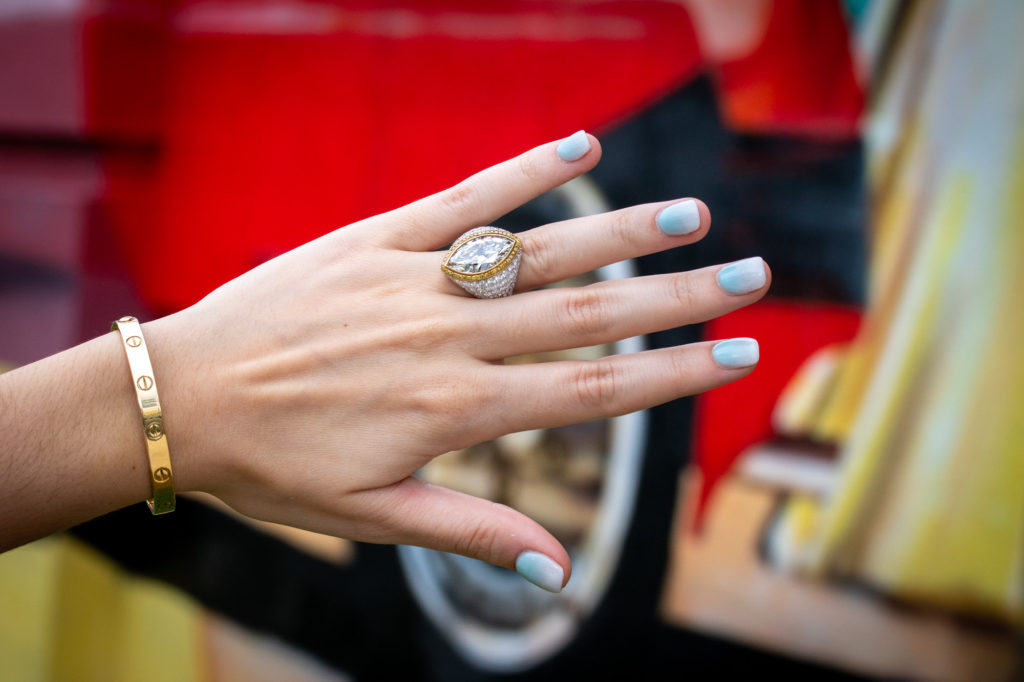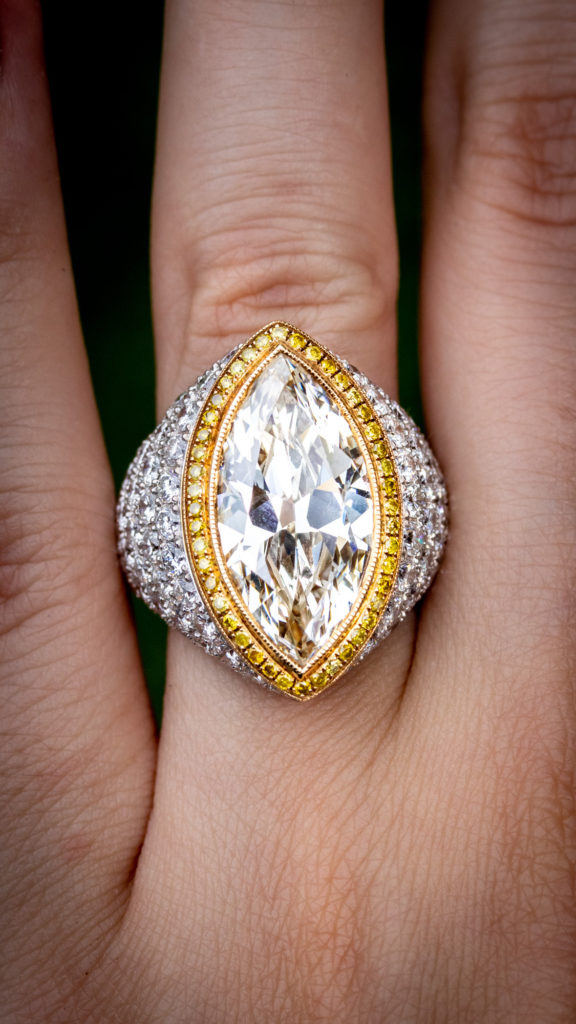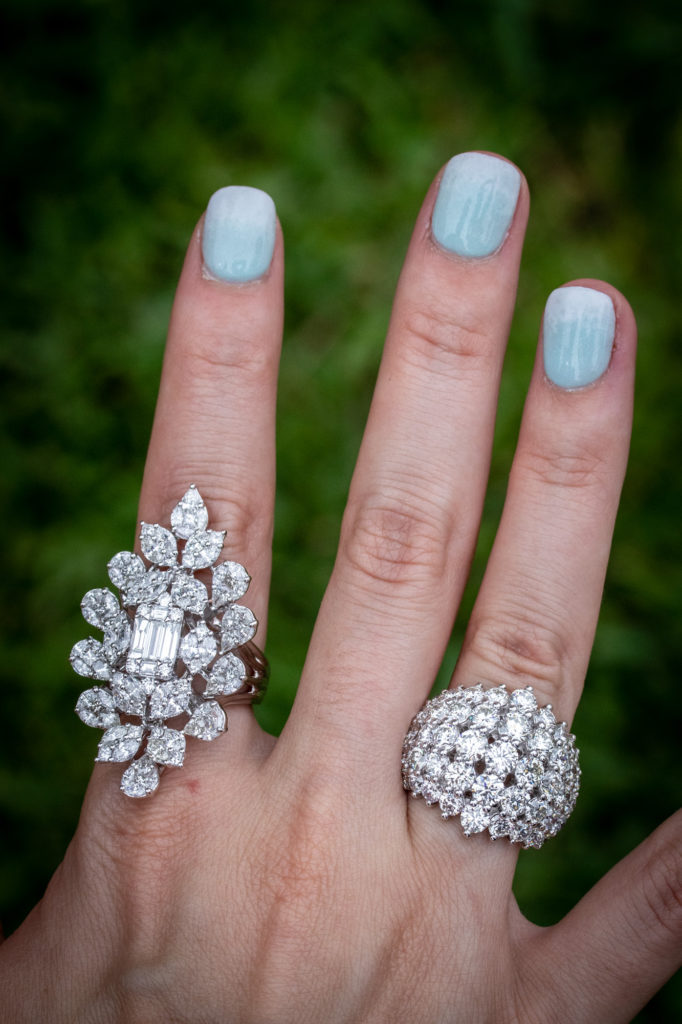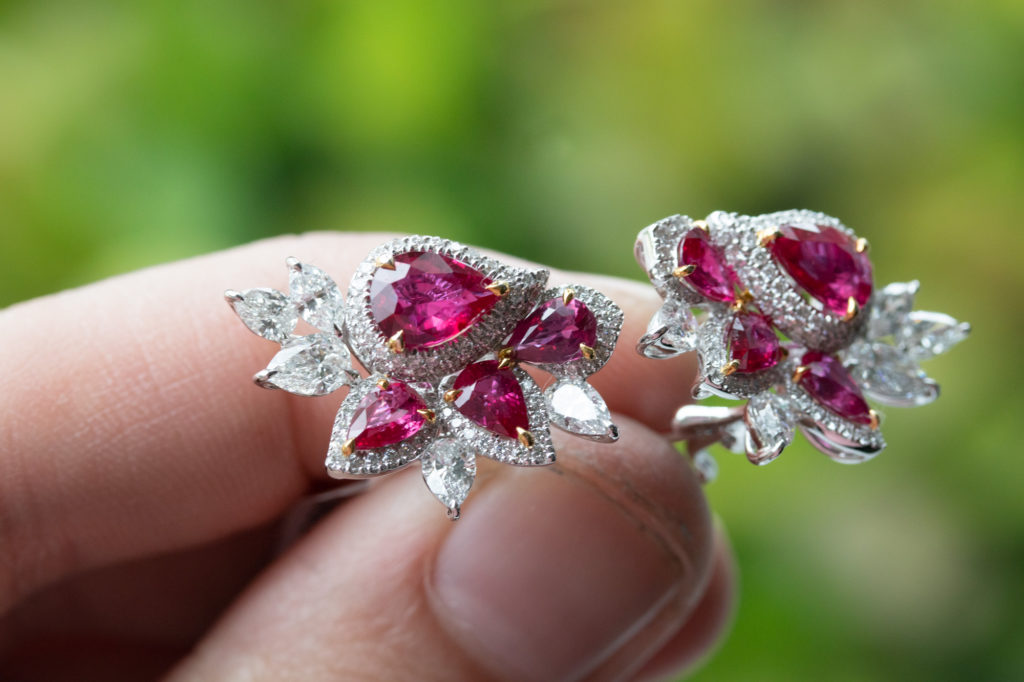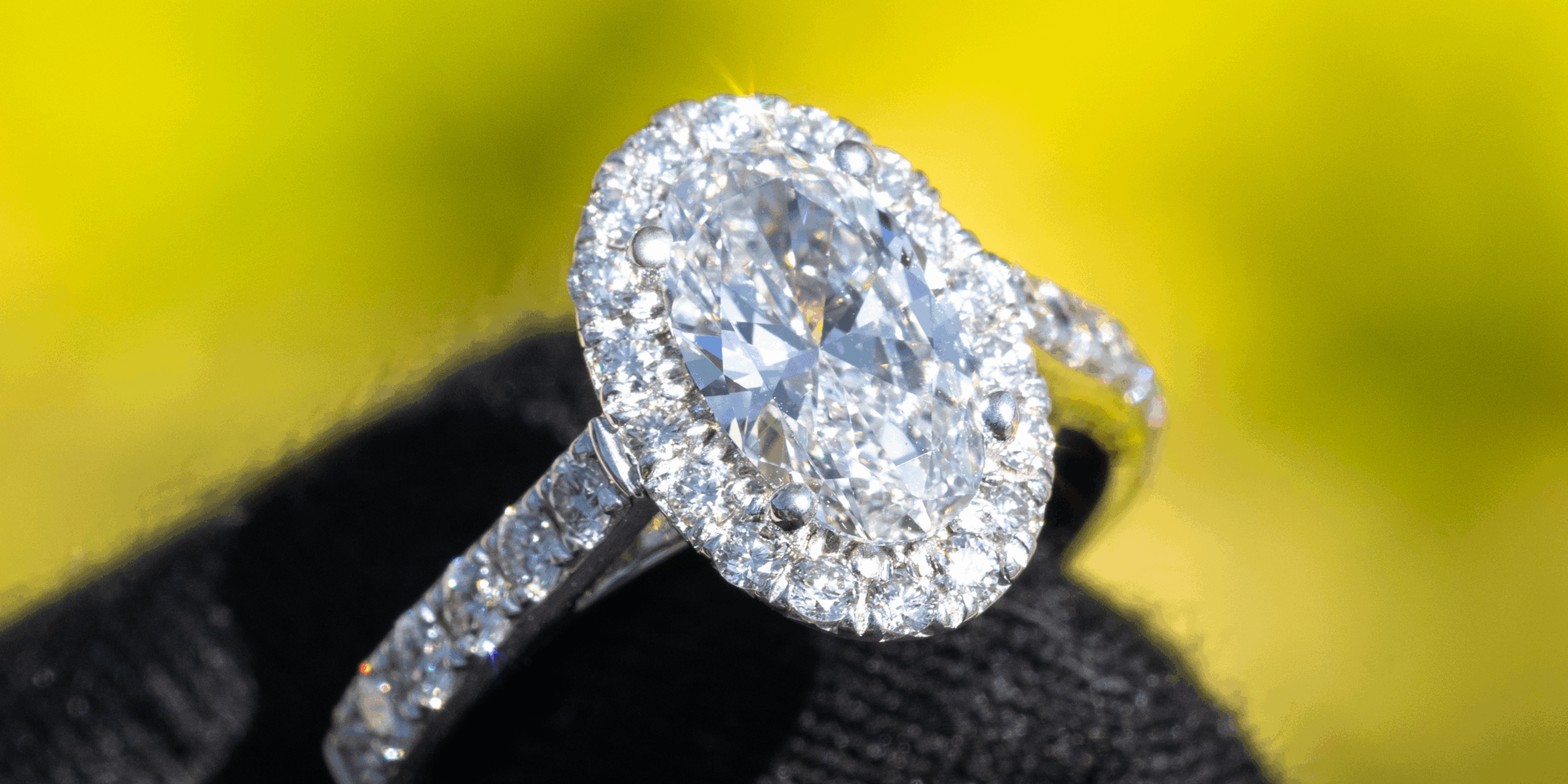Buying Vintage Diamonds
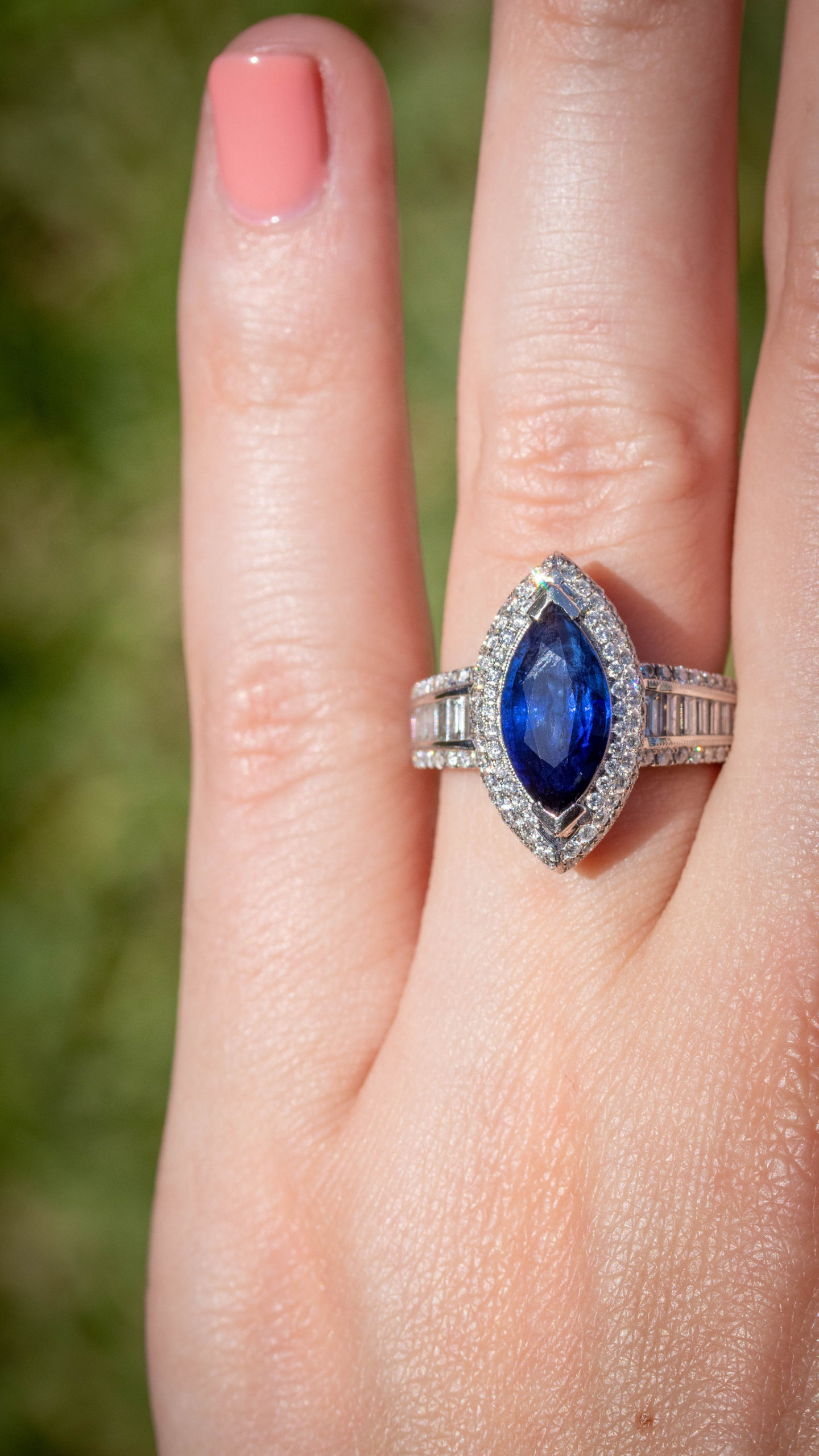
Truly, the diamond-cutting inventions of the early 20th century transformed vintage diamonds permanently. Before this period, highly skilled craftsmen employed unique techniques to cut the diamonds by hand.
The good news is that these techniques still exist today. However, only a few jewelers are aware of them. Due to the unique cuts, as well as the styles of the era, antique or vintage diamonds are always outstanding. There are several advantages to buying a vintage diamond. It is most beneficial when you are out for an engagement ring.
This text presents you with a guide through the details of what to look for when buying a vintage diamond. Here, we’ll go over the most appropriate styles that are still in vogue presently.
Introducing Vintage Diamonds
Appreciating the incredible value diamonds possess is the first phase of recognizing the allure of vintage diamonds. Still, what are vintage diamonds, anyway? In the technical sense of it, vintage diamonds are diamonds cut at least 20 years ago.
Moreover, it is crucial to point out the difference between vintage and antique diamonds. These two terms are not the same although we use them to describe the same thing most times. For antique diamonds, they need to be at least 100 years old. While vintage diamonds mostly date from the early 20th century down to the 1960s.
Most Common Cut for Antique and Vintage Diamonds
Virtually, cutting all antique and most vintage diamonds happened by hand. And, the cut makes a diamond vintage as these procedures only enjoyed prominence in the past eras. Therefore, let’s consider the most popular antique and vintage diamond cuts in these past eras.
-
Cushion-Cut Vintage Diamonds
The cushion-cut remains one of the most prominent vintage cut diamonds today. This cut is popular for its elegance and its outstanding degree of brilliance. The color they deliver is also difficult to retain. Hence, H color or better is perhaps the best way to go when buying a vintage diamond of this kind.
In addition, cushion cut diamonds blend the contemporary round cut with an old mine facet pattern. This blend helps to add curved edges. For better understanding, it’s a square cut with round corners. This cut has a slight resemblance to the shape of a pillow, which gives it the name, Cushion!
Again, this vintage diamond cut carries many other generally used names. You can call them Antique Cushion Cut, High Dome Cushion Cut, and a few other names. Whichever name you call it, we still refer to the same vintage diamond.
-
Old European Cut Antique Diamonds
For anyone interested in antique diamonds, you might be familiar with the Old European Cut at some point. Here is a diamond that got its popularity in the late 19th century and is still going strong to date.
When you consider the general appearance of an Old European Cut, you find something classic with a touch of softness to it. When considering cuts of both antique and vintage diamonds, this is the most prominent. Diamonds were always measured by hand and cut that way as well.
Finally, jewelers banked on just their expert eye to develop a precise shape and symmetry. For the Old European Cut, you have a round figure with 58 facets. Also, these diamonds have a relatively small table, but a huge and striking culet.
-
Old Mine Cut Diamond
This Old Mine Cut is one other variety of antique diamonds. Similar to the Old European Cut, the Old Mine jewelers used their hands to create the cut. This cut comes in a square shape. Also, it has very narrowly rounded edges. Also, just like with other antique diamonds, the Old Cut Mine has a rather small table. With a look at the diamond from the top, the view gets clearer.
-
Rose Cut Diamond
A Rose Cut diamond presents an affluent history spamming across various centuries. Also, it appears like this vintage diamond is on the verge of a comeback. However, the detail many people like about the Rose Cut diamond is its plainness. Both the elegance and allure might be difficult to put into words. By just taking a look at this vintage gem, the glamor becomes evident. It is no surprise at all that this is a rare cut.
-
Asscher Cut Diamond
For every fan of an octagonal shape, the Asscher Cut is perhaps what will work for you when buying a vintage diamond. Here is a square shape cut featuring layered facets. This cut has a high crown and a somewhat deep pavilion.
What makes this cut different from many others in the vintage diamond category is that brilliance is its trademark characteristic. Meanwhile, there are two varieties of Asscher Cut. First is the standard Asscher Cut with 58 facets. Then, there is the royal Asscher cut with 74 facets. It all began in 1902 when the Asscher Brothers from Holland created and improved this shape.
-
Emerald-Cut Diamond
The Emerald Cut is one of the most popular vintage cuts all over the world. One can recognize it effortlessly through its rectangular shape and linear facets.
When you buy an Emerald Cut diamond, you enjoy so many merits. For one, these diamond cuts are not that hard to find. For every carat, they deliver a lot of value even at a lower price as well. Overall, this is a stunning cut that exemplifies glamor in a very low-key way.
The only drawback to buying an Emerald Cut vintage diamond is that the inclusions are more noticeable. Also, it’s not going to give the kind of brilliance some of the other cuts give.
Vintage Diamonds Through the Ages
When considering all the diamond cutting techniques mentioned above, you must note that they all came before or at the very beginnings of the Industrial Revolution. Meanwhile, the antique style diamonds date from eras that captioned many styles in jewelry making.
Below are the epochs and movements to keep in mind if you must get a better sense of what to look for when buying a vintage diamond.
-
Georgian Era (1714 – 1830)
You will understand when we say that diamonds from this era are rare. This rarity is not just because it was a very long time ago. More so, in the early Georgian period, diamond mines themselves were not a common presence. Regardless, this is when the passion for diamonds began if jewelers still concentrated more on colorful gemstones like rubies and sapphires.
This period marked the first development of the Old European Cut. As for the Rose cut, it was still one of the favorites as well during this period.
-
Victorian Era (1837 – 1901)
The Victorian era marked the reign and vogue of the Old Mine cut. It was Queen Victoria’s engagement ring popularized as yellow gold. Besides, it was her love of diamonds that simply nudged this stone into the limelight. During her reign, you could get diamond mixtures with other gemstones and all types of metal settings as well.
-
Edwardian Era And Art Nouveau (1890 – 1910)
The Art Nouveau movement had a significant influence on jewelry making. This period also occurs simultaneously with the brief rule of King Edward. Although these two eras bear some resemblances, they were also distinct in certain important areas.
First, the Edwardian era was an extension of the late Victorian preferences in diamond cuts and jewelry making. This period was a peaceful time that concentrated on the joys of living. Particularly, Art Nouveau was a movement that commemorated nature above all things. Every follower of this trend did not find the diamond as a favorite pick because of its root.
-
Art Deco Era (1920 – 1930)
Here is an era of tremendous difference. This era was all about geometric shapes and straight lines. Also, it was about distinguishing and blending rare stones.
Due to this, you’ll discover vintage Art Deco jewelry that has diamonds and other gemstone mixtures in brilliant colors. Specifically, Platinum was the metal of choice for the era. Vintage Art Deco diamonds are one of the most coveted jewelry pieces on the market as well.
-
Retro Era (1940 – 1960)
The Post-WWII era marked a link between the old and modern societies. This explains why jewelry from this era holds up the effect of both. Right before the huge marketing campaign that made diamonds famous, other gemstones such as emeralds and amethysts were very popular.
Benefits Of Buying A Vintage Diamond
One major advantage of buying vintage diamonds is that you like the stone’s shape and style. In addition, there are other reasons to look out for. There is the craftsmanship of vintage diamonds. This aspect might not be as perfect as the cut a machine creates but it is also impressive.
The fact that it isn’t machine-made is what makes it so unique. All the flaws and asymmetry that so many people can’t bear to see are what others will admire. Vintage diamonds have a distinct personality.
More so, an antique or vintage diamond is, by purpose and description, environmentally friendly. Do you want to buy a new diamond? One aspect you might need to consider is the process of mining, shipping, and processing such diamonds. All of these result in a lot of waste. But, with vintage diamonds, all of that is long gone.
Meanwhile, if you have any worries about the budget, you’ll be happy to know that vintage diamonds are always much cheaper than new jewelry pieces. But, that doesn’t include exceptionally rare stones with even rarer colors.
Shortcomings of Buying Vintage Diamonds
For anyone that already has their mind set on buying vintage diamonds, it’s doubtful that you’ll ever regret that decision. However, you must keep in mind that if you’re looking for the diamond with the brightest color and sparkles, vintage will likely let you down. These areas are not their main attraction. Other vintage diamonds come with splintered facets, but that isn’t the norm.
Similarly, some vintage diamonds might reveal signs of damage. Although this can be very unusual, it’s worth always checking before buying. It is never a good sign if you’re out for a centerpiece to put on an engagement ring.
For instance, those buying vintage diamonds from unreliable sellers can have serious difficulty in this regard. However, if you buy from a reputable vintage seller like Diamonds by Raymond Lee, you will have the diamonds checked before buying or selling.
Ultimately, you might find it demanding to preserve your vintage diamond. This is mostly the case if you want to use it to build a personal piece of jewelry. Look for an expert that can help you select the setting and explain the best means to take care of your stone.
Design Tips for Vintage Diamonds
It goes without saying that to create a jewelry item with your vintage diamonds, it’s advisable to talk to a professional.
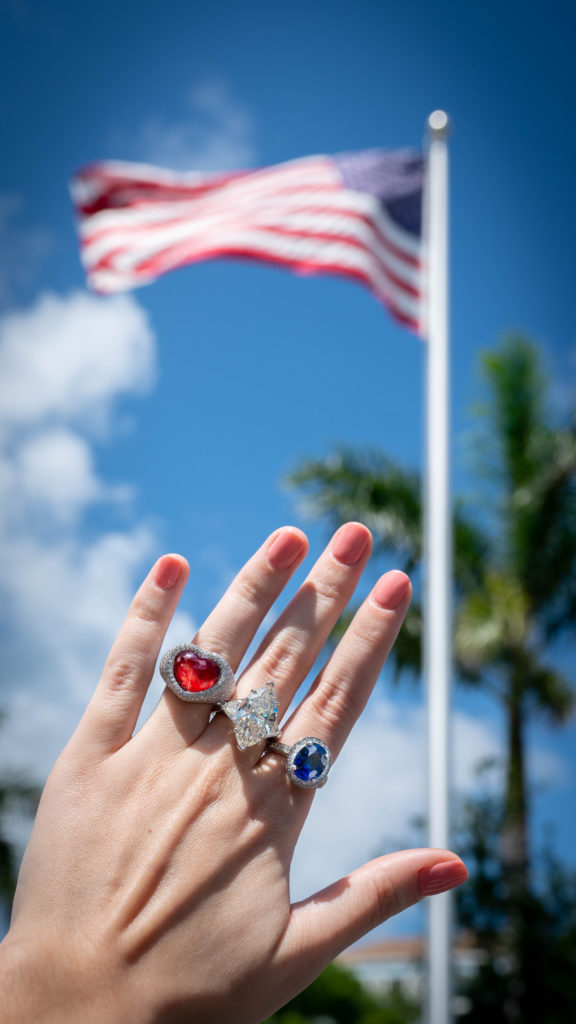
Preferably, consult someone who has experience in selling and buying vintage diamonds before. That way, you have someone who knows what to focus on. However, it can be helpful to keep in mind various rules that anyone who has an interest in buying a vintage diamond should understand.
-
Do not mix old and new diamonds
Avoid using your vintage diamond with other diamond cuts, particularly modern ones. By doing this, you expose yourself to the risk of having your lower sparkle vintage diamond being outshone next to the flashing glitter of the new diamond.
-
Pay attention to every detail
When buying vintage diamonds, choosing a design that will intensify your vintage diamond is crucial. That means hand engraving, fancy details, and other adorning strategies. Understand that vintage diamonds are distinct but not flashy. Therefore, helpful details count a lot when buying a vintage diamond.
-
Hide the inclusions as well as you can
Once you find a stunning vintage diamond, but it doesn’t give you such great clarity, you can hide it. For those who wish to customize their engagement ring, consider setting the diamond in the gallery work. That way, you’ll get the best view of it. Also, others won’t be able to detect all the flaws in clarity.
